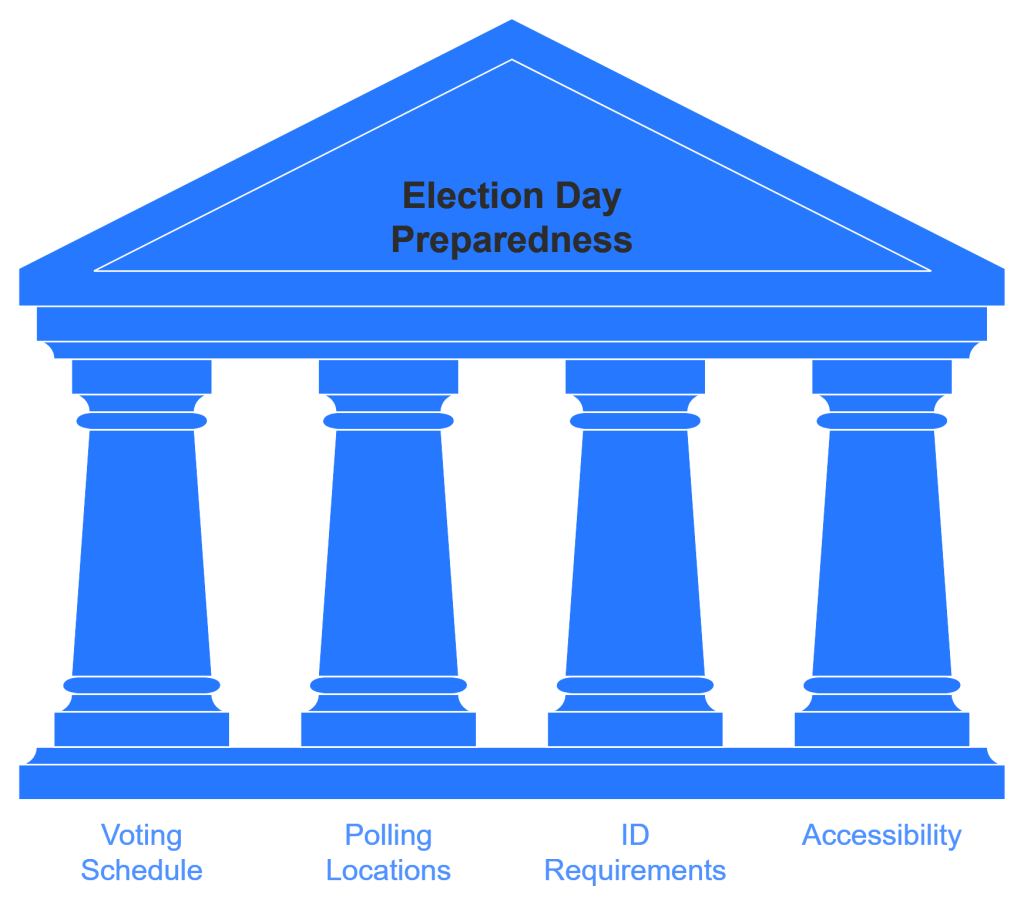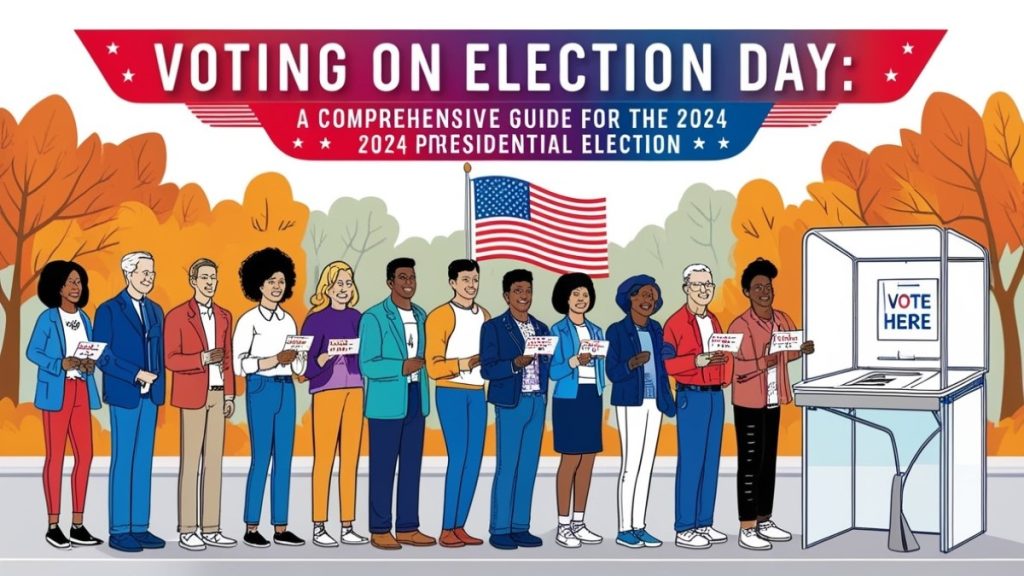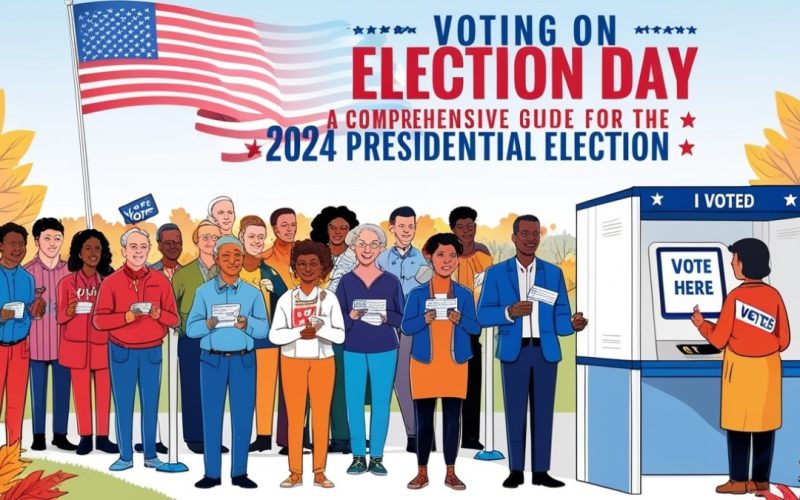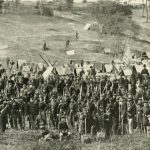Be ready for Voting on Election Day
Voting on Election Day is a cornerstone of democracy in the United States, allowing citizens to voice their opinions and influence the direction of their government. The upcoming Presidential Election on November 5, 2024, presents an opportunity for voters to participate in shaping national policies and leadership.

Understanding the voting process, including when and where to vote, as well as what identification is required, is essential for ensuring that every eligible voter can cast their ballot effectively.
Link to US Presidential Calendar 2024
When to Vote

The Presidential Election will take place on November 5, 2024. Polling hours can vary significantly across states, generally ranging from early morning until evening. For example, many states open polls between 6 a.m. and 8 a.m. and close them between 7 p.m. and 9 p.m. local time. It’s crucial for voters to check their specific state’s polling hours, as they can differ based on local regulations and the type of election being held.
Key Dates Leading Up to Election Day
- Voter Registration Deadlines: Most states require voters to register at least 15-30 days before Election Day. Some states allow same-day registration, enabling voters to register and vote on the same day.
- Early Voting Periods: Many states offer early voting options that can begin as early as 45 days before the election. This allows voters to cast their ballots in person before Election Day at designated locations.
Where to Vote
Finding your polling place is critical for participating in the election. Each voter is assigned a specific polling location based on their registered residential address. Visit this link to find your polling station – Vote.org
Finding Your Polling Place

Knowing where to vote is essential for ensuring that you can participate in the election without any last-minute confusion. Here are some effective methods to locate your polling place:
- State Election Office Websites: Each state has an official election website where voters can enter their address to find their designated polling location.
- Online Tools: Websites like Vote.org and USAGov provide user-friendly interfaces for locating polling places.
- Contacting Local Election Officials: Voters can also call or visit their local election office for assistance in finding their polling station.
Polling Place Changes
Polling places may change from one election cycle to another due to various reasons, such as renovations or logistical considerations. It’s important for voters to verify their polling location shortly before Election Day to avoid any surprises.
Identification Requirements
Identification requirements for voting can vary widely by state, making it crucial for voters to understand what forms of ID are acceptable.
Importance of ID on Election Day
Many states require some form of identification to ensure that each vote cast is legitimate and that only eligible voters participate in elections. This measure helps maintain the integrity of the electoral process.
Types of Acceptable Identification
- Photo IDs: Commonly accepted forms include government-issued photo IDs such as a driver’s license or passport.
- Non-Photo IDs: Some states accept documents that do not have a photo but still verify identity, such as utility bills or bank statements showing your name and address.
State-Specific ID Requirements
States are categorized into two groups based on their ID laws:
- Strict Photo ID States: States like Georgia and Indiana require voters to present a photo ID at the polls on Voting on Election Day.
- Non-Strict ID States: In states like California, voters may be allowed to cast provisional ballots if they do not have ID, which will be counted once their identity is verified.
Accessibility Considerations
Voting accessibility is a fundamental right, ensuring that all citizens, including those with disabilities, can participate in elections without barriers.
Voting Accessibility
Voters voting on Election Day, with disabilities have specific rights under federal law, including access to accessible voting machines and assistance from poll workers if needed. Many polling places are equipped with features designed to accommodate individuals with mobility challenges or other disabilities.
Conclusion
Being prepared for Election Day is vital for every voter participating in the 2024 Presidential Election. It’s essential to verify your registration status, know your polling place, and understand the identification requirements ahead of time. By taking these steps, you can ensure a smooth voting experience on November 5, 2024, contributing your voice to the democratic process and shaping the future of your community and country.
More resources are here. | Know how to vote here.





